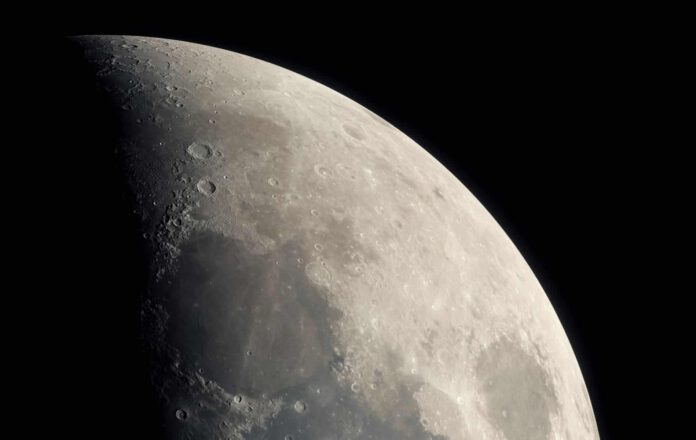
An anticipation filled the air as the collected samples were expected to contain volcanic rocks and materials from impact craters, potentially offering crucial insights into the geological history of our natural satellite.
Early May Launch
Early May marked the launch of China’s lunar rover, Chang’e-6. The spacecraft successfully landed a month later in the Apollo crater, located at the edge of the largest valley on the far side of the moon. Here, the probe drilled and scraped pieces of rock and mineral from the surface. Tomorrow, Chang’e-6 is set to return to Earth, and researchers are eagerly awaiting the opportunity to examine the collected samples.
High Hopes for Chang’e-6 Mission
Expectations around the Chang’e-6 mission and the return of lunar surface samples are high. This is largely because these are the first samples collected from the moon’s far side. Until now, there have been ten successful missions that gathered samples from the near side. However, this is the first time that researchers are focusing on the relatively unexplored far side. In anticipation of this historic event, scientists have shared their predictions about the unique materials that might be found in the Chang’e-6 samples, as published in the journal The Innovation.
What to Expect
Based on the geological characteristics of the lander’s site, researchers predict that the surface samples will primarily consist of 2.5 million-year-old volcanic rock mixed with small amounts of material from nearby meteorite impacts. There is also a possibility that evidence of distant impacts will be present in the samples. Since the samples are likely to contain volcanic rock and impact crater material, they could provide crucial insights into the moon’s geological history.
Far Side vs. Near Side
The samples are expected to shed more light on possible differences compared to what has previously been found on the near side of the moon. “There are significant differences between the far side and the near side of the moon, such as the thickness of the lunar crust, volcanic activity, composition, and more,” explains lead author Zongyu Yue. “These differences are especially relevant given that Chang’e-6 landed in the South Pole-Aitken basin, a unique impact crater on our natural satellite. The samples collected from the far side of the moon are anticipated to offer crucial insights into one of the most important scientific questions in lunar research: what geological processes are responsible for the differences between the two sides?”
Ancient Collisions
The samples might reveal how material from ancient collisions spread across the moon. “I especially hope that the Chang’e-6 samples contain some impact fragments (formed when smaller objects collided with the moon) from the Apollo crater and the South Pole-Aitken basin,” says Yue. “These fragments can provide essential information about the early impact history. Once we have this information, it will not only help us better understand how early meteorite impacts contributed to the evolution of the moon but will also be of great importance for studying the early impact history of our solar system.”
The Chinese spacecraft is expected to arrive safely on Earth tomorrow, after which researchers will immediately begin analyzing the collected samples. Over the coming days, they will thoroughly examine these pieces. The expectation is that they will substantially enhance our understanding of the moon and its role in cosmic history.











